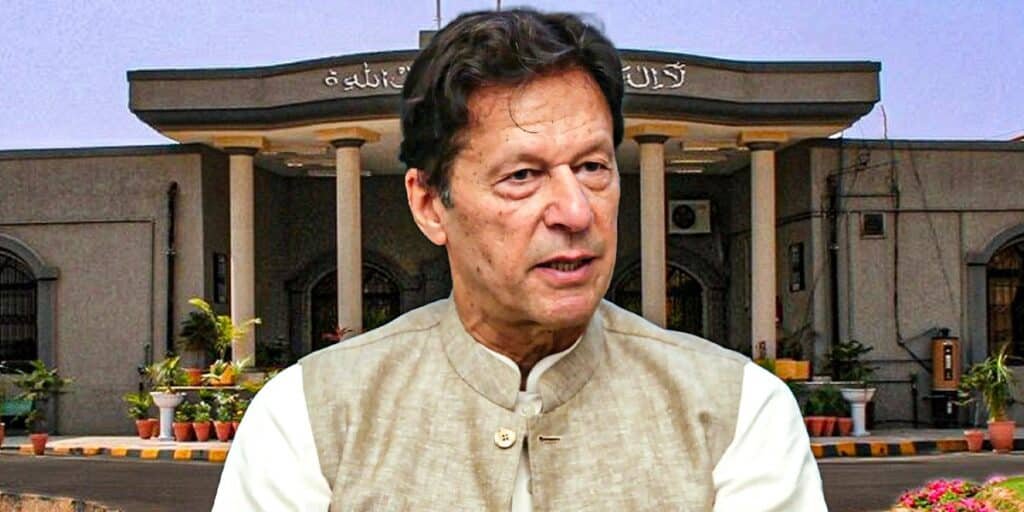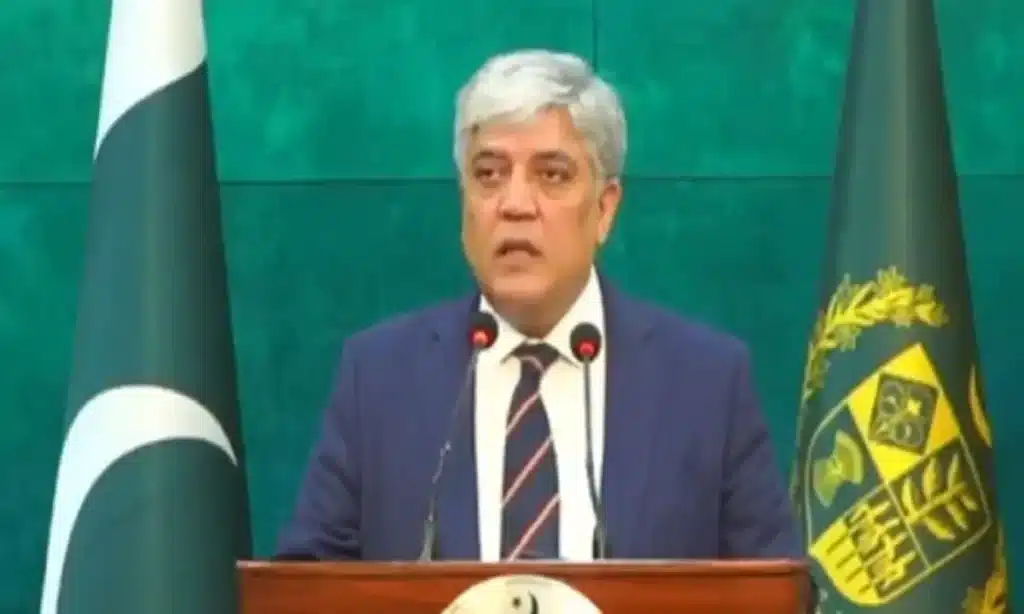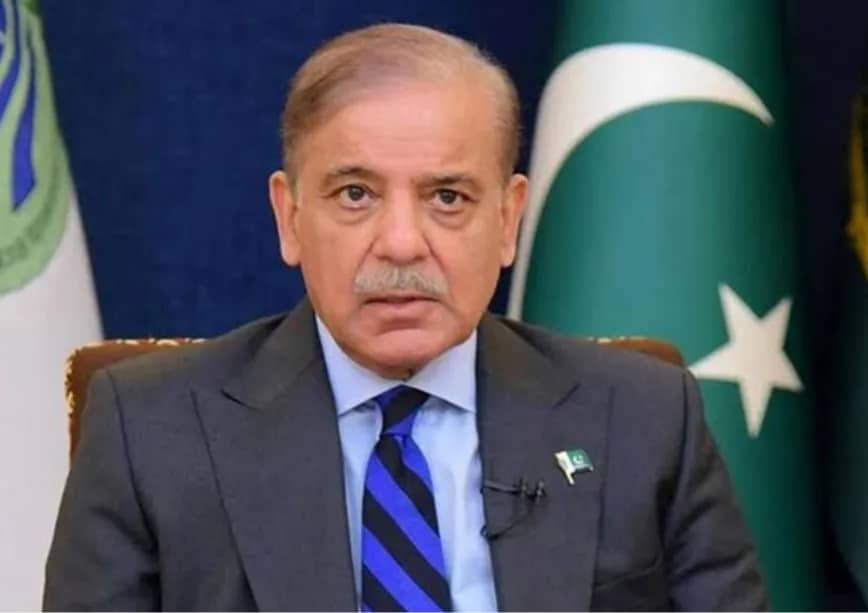ISLAMABAD: Pakistan is set to present its federal budget for the fiscal year 2025-26 on Tuesday, with major fiscal targets and policy directions already coming to light. The budget will be announced following the release of the National Economic Survey today (Monday), which will offer a snapshot of the country’s economic performance and challenges ahead of the formal budget presentation.
Sources indicate that the government plans to unveil a Rs17.6 trillion budget, backed by a projected revenue collection of Rs19.4 trillion. The Federal Board of Revenue has been tasked with collecting Rs14.13 trillion in taxes. A significant portion of the budget—Rs6.2 trillion—is earmarked for debt servicing, reflecting Pakistan’s ongoing struggle with both domestic and international borrowings. Despite these financial constraints, the government is aiming to maintain the fiscal deficit at its current level, walking a fine line between fiscal prudence and necessary expenditures.
In an effort to provide some economic relief amid rising living costs, the government is proposing a 10% salary increase for public sector employees, alongside a pension hike ranging from 5% to 7.5% for retired civil servants. The defense budget is also expected to see an 18% increase, likely due to a combination of inflation and regional security demands. Development spending allocations are anticipated, though specific figures have not yet been disclosed.
Finance Minister Muhammad Aurangzeb is expected to deliver the budget speech in the National Assembly on June 10. The presentation will outline the government’s economic strategy, development plans, and proposed tax reforms for the upcoming fiscal year.
The National Assembly session schedule has been approved by Speaker Sardar Ayaz Sadiq. Following the budget presentation on June 10, the assembly will take a two-day recess. Debate on the budget will begin on June 13 and continue through June 21. The assembly will break again on June 22, followed by discussions on necessary expenditures on June 23. Voting on demands, grants, and cut motions will take place on June 24 and 25. On June 26, the Finance Bill will be debated and voted on, with formal approval expected the same day. The session will conclude on June 27 with discussions and voting on supplementary grants. Any changes to this schedule will require the speaker’s approval.
Preliminary findings from the National Economic Survey show that while some economic targets have been missed, there have been notable improvements compared to the previous fiscal year. The GDP growth rate fell short of the 3.6% target, landing at 2.7%. However, inflation was contained at 5%, significantly better than the projected 12%. Per capita income came in at Rs509,174, falling short of the Rs543,968 target by nearly Rs35,000. Indirect tax collection surpassed expectations, reaching Rs8.393 trillion against a target of Rs7.799 trillion.
Sector-wise, agriculture underperformed with just 0.6% growth compared to a 2% target. Major crop yields dropped substantially, including cotton (down 30.7%), maize (down 15.4%), sugarcane (down 3.9%), rice (down 1.4%), and wheat (down 8.9%). In contrast, minor crops performed slightly above expectations, supported by increased production in vegetables, fruits, oilseeds, spices, and fodder.
The industrial sector grew by 4.8%, narrowly surpassing the 4.4% goal. Large-scale manufacturing contracted by 1.5% against a target of 3.5%, while small-scale industries grew by 8.8%, exceeding their 8.2% target. The construction sector recorded 6.6% growth, outpacing its 5.5% target. A remarkable performance was seen in the electricity, gas, and water supply sector, which grew by 28.9%—far exceeding the modest 2.5% goal.
The health and education sectors also exceeded their targets, with health growing at 3.7% and education at 4.4%. Private sector borrowing rose significantly, from Rs294 billion to Rs870 billion. Total government revenue increased by 36.7% to Rs13.367 trillion, and the tax-to-GDP ratio improved from 6% to 8%.
As the government prepares to present the full budget, the numbers underline the balancing act required to navigate a challenging fiscal landscape, manage public expectations, and meet international obligations, particularly those linked to IMF negotiations.
Read more: NEC approves Rs1,000 billion federal development budget





